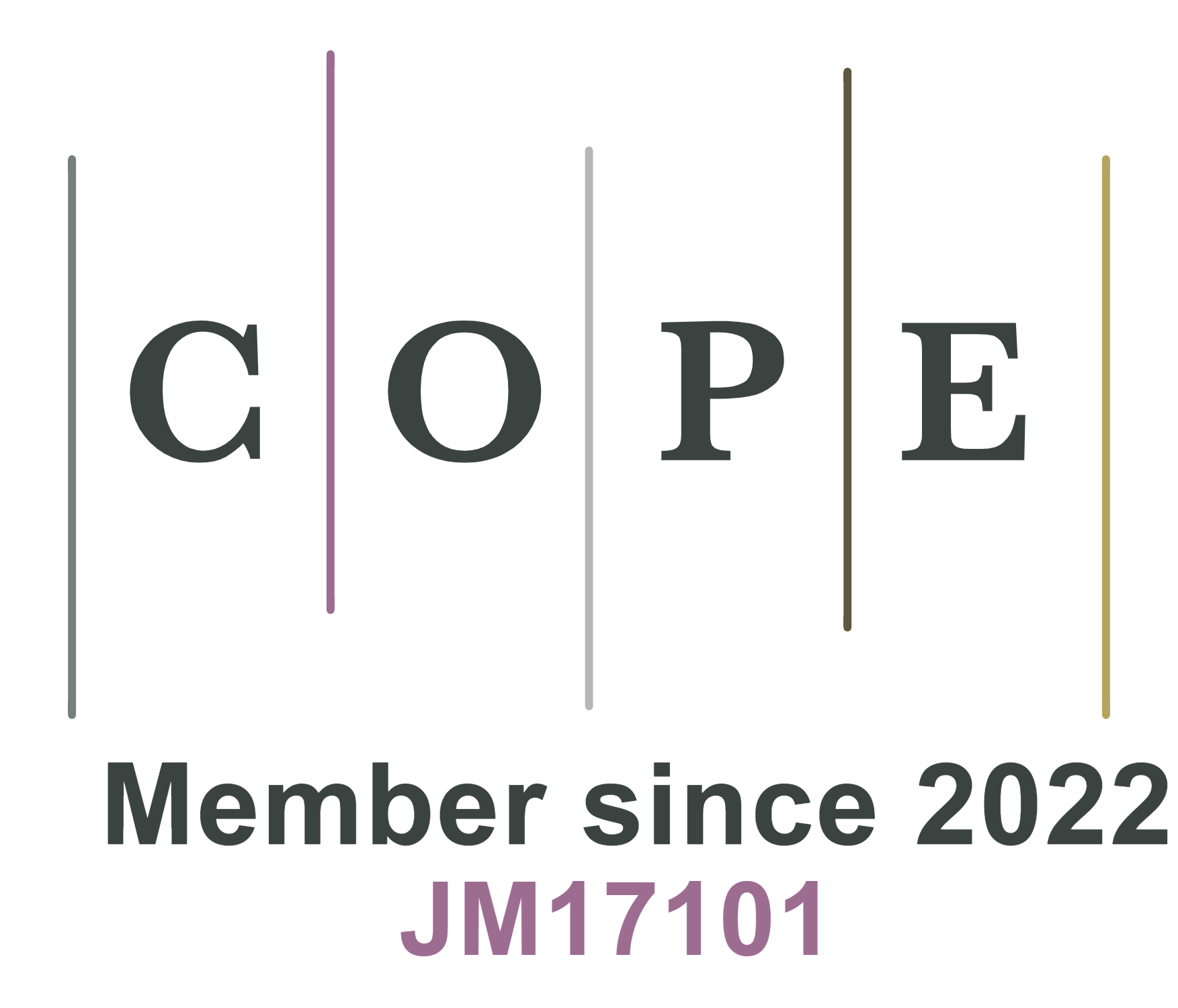Unveiling ion coordination in solid polymer electrolytes through alkyl chain length modulation in lithium salt chemistry
Abstract
Tuning the lithium salts’ chemistry is a promising approach to achieve a competitive solid polymer electrolyte (SPE). Lithium bis(trifluoromethanesulfonyl)imide (LiTFSI) has been extensively investigated due to its excellent thermal and electrochemical stability. On the other hand, poly(ethylene oxide) (PEO) remains one of the most studied polymer matrices owing to its high solvating power, which promotes lithium salt dissociation. However, the low lithium transference number (TLi+) of LiTFSI/PEO (ca. 0.2) systems is a handicap for high-performance SPE mainly attributed to the high anion diffusion. In this work, a series of five lithium salts were designed by replacing one –CF3 group of LiTFSI by a dialkylamine moiety with different alkyl chain lengths. Ion coordination environments between PEO, cations and anions along with their transport properties were systematically investigated through experimental and computational approaches. The results demonstrate that anion diffusion can be effectively suppressed by introducing bulky alkyl groups, with the improved TLi+ (ca. 0.5) primarily attributed to steric hindrance rather than long-range interactions between the anion and the PEO matrix.
Keywords
Lithium salts, solid polymer electrolytes, lithium transference number, electrochemistry, transport properties, solid-state lithium metal batteries
Cite This Article
Neumann P, Fortuin BA, Sasieta-Barrutia E, Meabe L, Garcia L, Morant-Miñana MC, Forsyth M, Lecuyer M, Deschamps M, Zhang Y, Carrasco J, Zhang H, Armand M, Martinez-Ibañez M. Unveiling ion coordination in solid polymer electrolytes through alkyl chain length modulation in lithium salt chemistry. Energy Mater 2025;5:[Accept]. http://dx.doi.org/10.20517/energymater.2025.120













